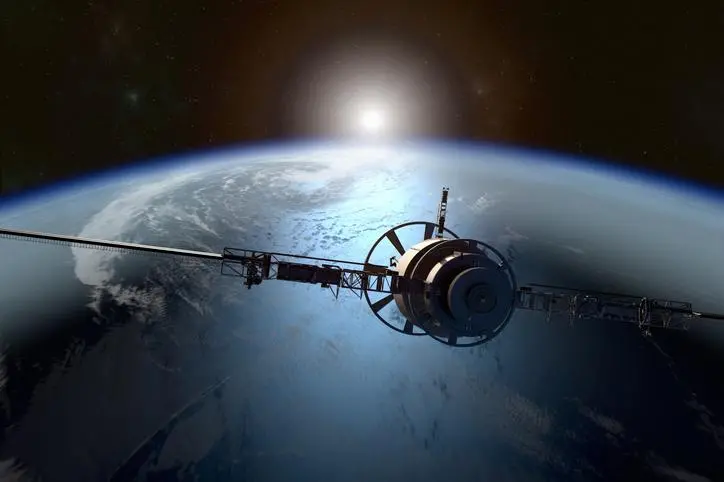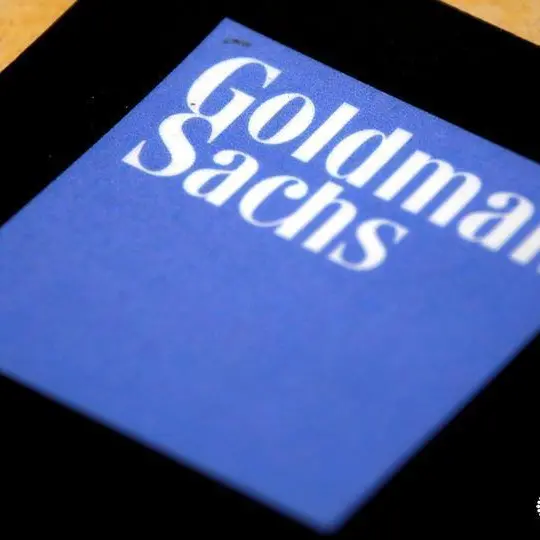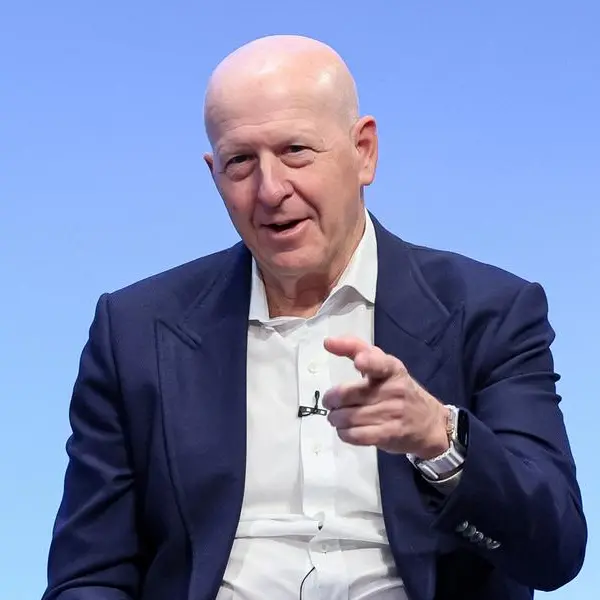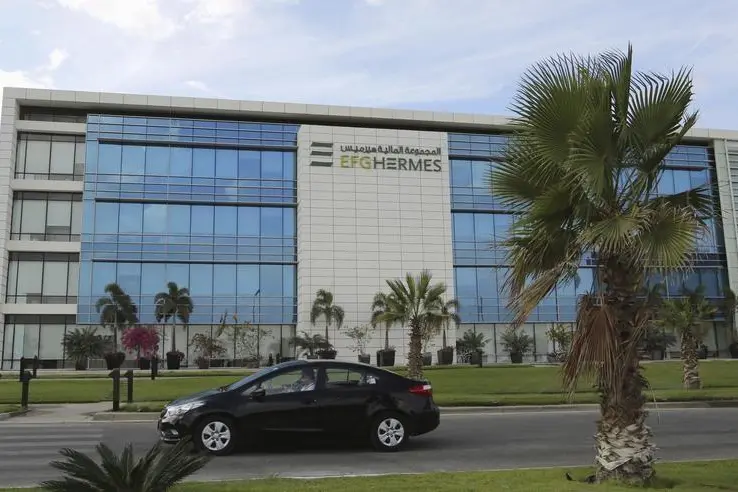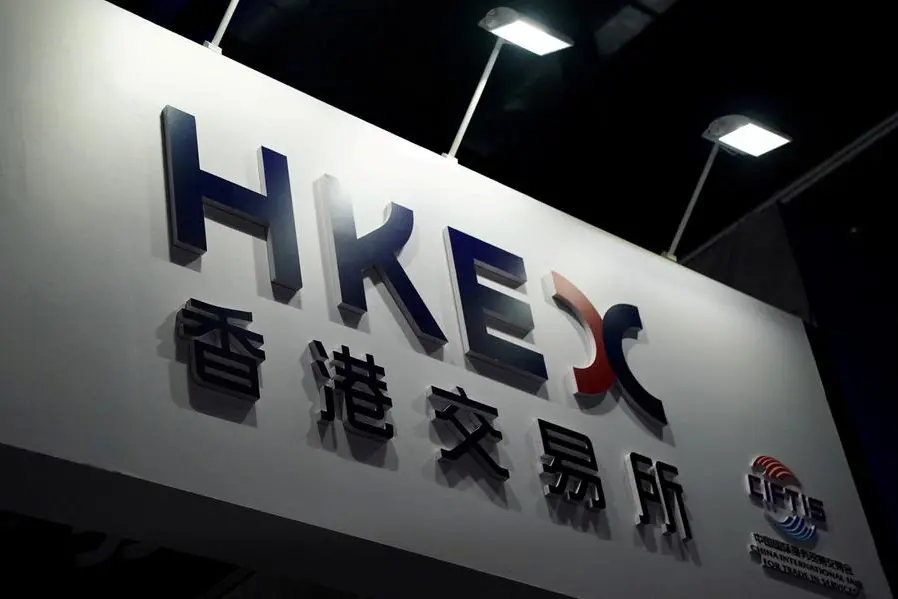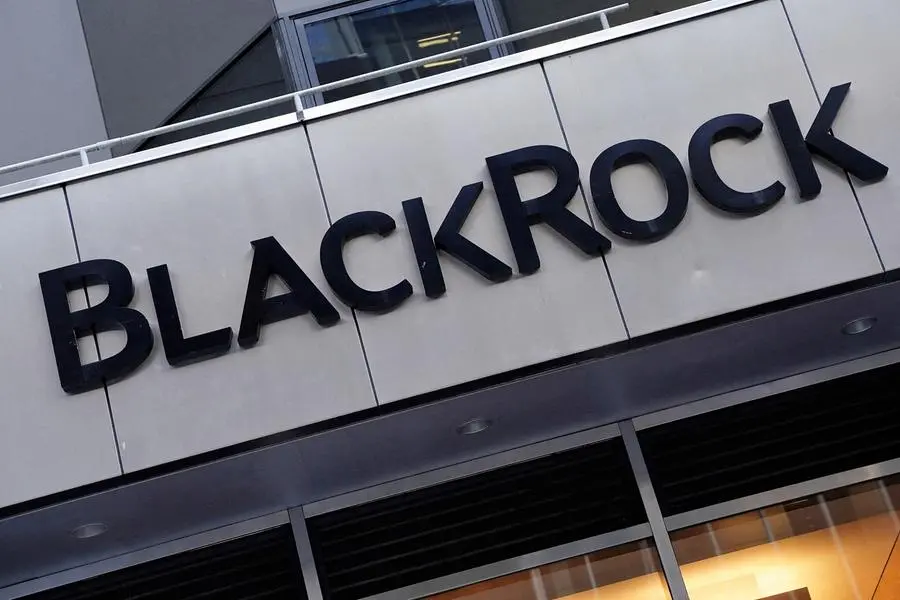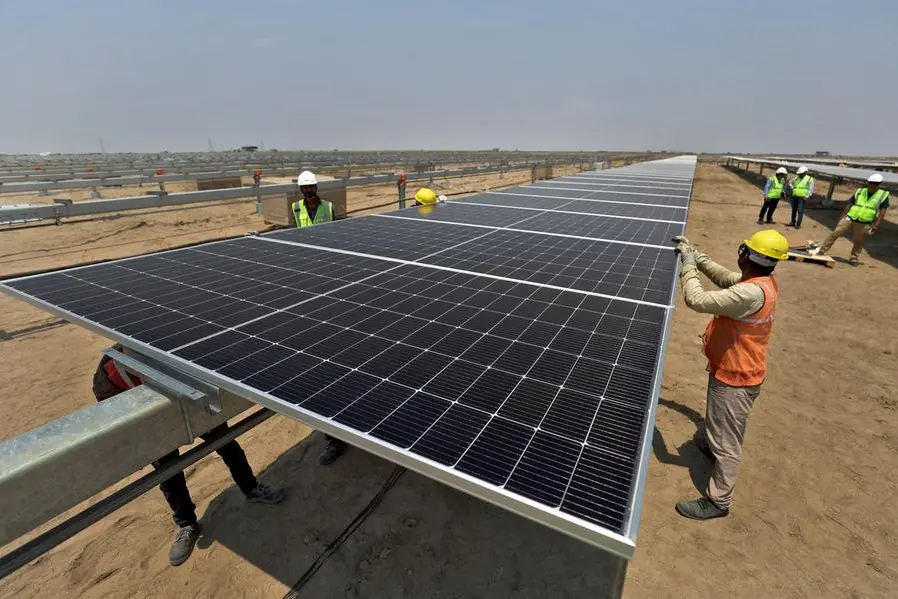PHOTO
Bahrains first-ever satellite has just been launched into orbit from the International Space Station today (February 3), after having arrived at the ISS at the end of last year.
Light-1 was launched in cooperation with the Japan Aerospace Exploration Agency (JAXA) from the Japanese section of the ISS alongside another satellite designed to detect terrestrial gamma rays.
The Light-1 satellite a joint project between Bahrains National Space Science Agency (NSSA), UAE Space Agency, Khalifa University and New York University Abu Dhabi will be used to conduct research during lightning storms, that will help civil aviation safety experts in future.
The launch was broadcast live on Bahrain TV, and Bahrains NSSA engineering specialist Aysha Alharam gave the launch signal.
JAXA coordinated the launch from the Tsukuba Space Centre (TKSC) in Japan, and the event was broadcast live on social media channels. It was also live-streamed on Bahrains NSSA National TV and JAXA.
The Light-1 CubeSat represents the regions first scientific mission to monitor and study Terrestrial Gamma-ray Flashes (TGFs) from thunderstorms and lightning. Data gathered from the Light-1 CubeSat, which aims to leverage space science to support sustainable economic growth, will be shared globally to support scientific analysis and encourage cooperation with research centres around the world.
The team that worked on the design and development of Light-1 bus consists of 22 university students from Khalifa University including nine Bahrainis, 10 Emiratis, and three international students, advised by Dr Firas Jarrar, Manager, Yahsat Space Lab, Assistant Professor, Mechanical Engineering.
The NYU Abu Dhabi team of five Emirati students and five international students, who worked on the development of the payload called Rapid Acquisition Atmospheric Detector (RAAD Arabic for thunder), was advised by Dr Francesco Arneodo, Programme Head of Physics, and Dr Mallory Roberts, Professor of Physics.
Dr. Mohamed Ebrahim Al Aseeri, Chief Executive Officer of the Bahrains National Space Science Agency (NSSA), said, "At the beginning, I am pleased to raise the highest congratulations and sincere blessings to His Majesty King Hamad bin Isa Al Khalifa, The King of Bahrain, and to His Royal Highness Prince Salman bin Hamad Al Khalifa, the Crown Prince and Prime Minister, and to the leadership of the United Arab Emirates, on the occasion of the successful launch of the Bahrain-UAE Joint Satellite (Light 1) to its space orbit."
"The guidance and support of wise leadership have been and continues to be the main motivation of the NSSA throughout its journey to achieve successive achievements and to enter steadily into the space field, paving the way for the implementation of more projects to achieve our national ambition," stated Dr Al Aseeri.
"I also commend the active follow-up of the work of the NSSA by His Highness Sheikh Nasser bin Hamad Al Khalifa, National Security Advisor, Commander of the Royal Guard, Secretary-General of the Supreme Council of Defense, which contributed to motivating the members of the NSSA to give their utmost to acquire modern sciences and skills to form the first nucleus of national competencies specialised in the space sector, and contribute to the implementation of the future projects of the NSSA to serve the Bahrain plans to achieve the sustainable development goals (SDGs)," he added.
Lauding Emirates Space Agency for its generous support and cooperation, Dr Al Aseeri said: "This project is a model for scientific and technical cooperation to serve humanity through the peaceful exploitation of space, and the NSSA is moving forward with more projects to achieve the goals for which it was established."
Dr Arif Sultan Al Hammadi, Executive VP Khalifa University, said: "The launch of Light-1 CubeSat into its orbit from the International Space Station reflects the intense collaboration engaged by all stakeholders involved, as well as the extent of technical brilliance displayed by students in the UAE with suitable guidance from experts."
"As this UAE-Bahraini nanosatellite reached its orbital position, we believe this collaboration initiative will stand out as the best example of what can be achieved by the scientists in the Arab world," he added.
Vice Chancellor of NYU Abu Dhabi Marit Westermann said: "I would like to congratulate our incredible team of students and faculty at NYU Abu Dhabi on their contributions to this historic mission, particularly their work pertaining to the scientific payload.
NYU Abu Dhabi takes pride in its diversity and academic excellence, and todays launch of the Light-1 CubeSat into its orbit from ISS is the perfect manifestation of these values: key entities and experts in the field have come together from different countries and backgrounds to achieve one common, inspiring goal. We hope that the satellite will provide new data on terrestrial gamma-ray flashes, and that scientists and people around the world will benefit from them."
Salem Butti Al Qubaisi, Director-General of UAE Space Agency, said: "The UAE has made massive strides in its space journey over the past few years, and the successful deployment of our Light-1 nanosatellite into orbit is a major milestone."
"Coming close on our recent success with the Emirates Mars Mission, and our first space astronaut Hazza AlMansouris journey to the ISS, this is an endorsement of our achievements in the cosmos," noted Al Qubaisi.
"At the UAE Space Agency, we are committed to exchange knowledge and expertise with the international community to stimulate cutting-edge research, scientific discoveries and human progress. We thank all our partners across the UAE, Bahrain, US and Japan for their support in making this mission possible," he added.
Copyright 2022 Al Hilal Publishing and Marketing Group Provided by SyndiGate Media Inc. (Syndigate.info).
Disclaimer: The content of this article is syndicated or provided to this website from an external third party provider. We are not responsible for, and do not control, such external websites, entities, applications or media publishers. The body of the text is provided on an as is and as available basis and has not been edited in any way. Neither we nor our affiliates guarantee the accuracy of or endorse the views or opinions expressed in this article. Read our full disclaimer policy here.
